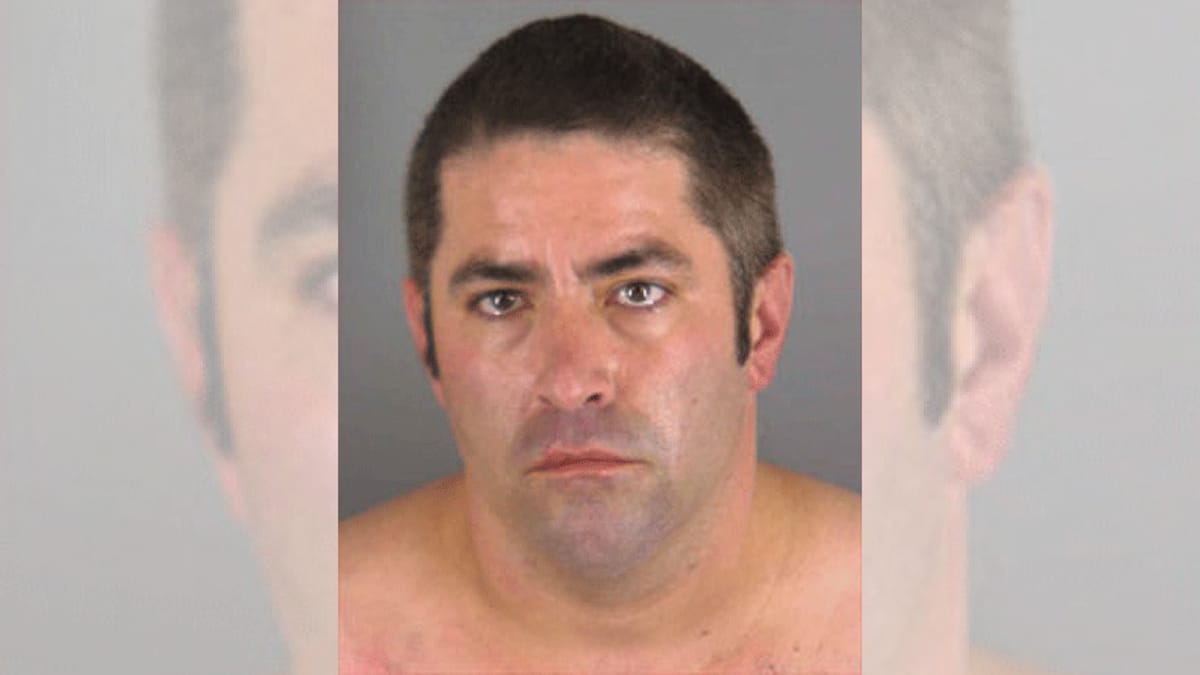
Raymond Lee Oyler, convicted in 2009 of starting a 40,000-acre fire in Cabazon that caused the death of five firefighters, had his death sentence affirmed by the California Supreme Court in a July 16 opinion.
Oyler was convicted on 45 felony counts, including five counts of murder, 23 counts of arson and 17 counts of having a fire explosive. He started over two dozen fires in Banning Pass between May 16 and Oct. 26, 2006, using time-delayed lighters made out of matchsticks, cigarettes and rubber bands. On Oct. 25, 2006, he started the Esperanza Fire, after a red flag warning was issued in Banning Pass due to the Santa Ana winds.
The fires
Forest Service firefighters Jason McKay, Jess McLean, Daniel Kurtis Najera, Mark Loutzenhiser and Pablo Cerda died from injuries sustained in the fire. It took five days to contain the fire.
Although the death sentence was affirmed, Oyler is not likely to be executed soon. Gov. Gavin Newsom has issued a moratorium against the death penalty in 2019. Five-hundred and eighty-three inmates are on death row, including one who was sentenced to death in 1984, according to the California Department of Corrections and Rehabilitation.
Investigators identified Oyler as a suspect after seeing his Ford Taurus in surveillance footage near the October 22 Mias Canyon Fire. Eyewitnesses saw Oyler drive past them in the same car at the start of fires on June 11, 2006, June 14, 2006 and June 28, 2006. He was also identified by a DNA match on a cigarette and his tire treads, and he confessed to his fiancée, the ruling said.
According to the Supreme Court ruling, Oyler applied to become a volunteer firefighter in 2000. He quit the training, then asked CalFire to rejoin in July 2006. He told his fiancée that the first fire he started, on May 16, 2006, was to gain leverage over his cousins. They lived within a mile of the fire, and were engaged in a custody battle over Oyler’s two-year-old daughter.
Oyler argued that his death sentence should be overturned because of pretrial attorney representation issues, insufficient evidence that he started four of the fires, the admittance of evidence during the penalty phase regarding two fires he was not charged for, the impropriety of the death penalty itself, and the exclusion of a juror. The majority opinion found no merit to any of his arguments.
A juror’s bias
Supreme Justice Kelli Evans wrote a dissenting opinion that argued the death sentence should be reversed due to the juror’s exclusion. Justice Goodwin Liu joined.
Prospective juror E.W. wrote that he felt the death penalty is a necessary penalty to have, but that it should be reserved for people who are cruel and unusual with their crimes, especially serial killers, rapists and criminals against children. When asked if the death penalty is used the right amount, E.W. wrote, “No. Most people who get it sit for long periods of time and don’t actually get executed. I feel in most cases it is a waste of time.”
During voir dire, the trial court asked E.W. if she was “locked into a certain punishment for crimes.”
“I don’t know,” E.W. said.
“I’ve been struggling with, you know, while we were going, thinking about that in particular. And not knowing what the special circumstances are, I think—,” E.W. continued.
In the same conversation, E.W. told the judge that she would favor one of the penalties, of life or death, over the other.
The majority opinion found that E.W. could not apply the law, and admitted to bias.
“E.W. said she was not open to both sentencing options that might be considered at a penalty phase, and, in response to another question, that she “honestly” believed she would favor one position over the other. This conversation conveyed that after substantial consideration of the relationship between her death penalty views and how they would affect her deliberations, E.W. would not consider both sentencing alternatives in defendant’s case, as the law requires,” the opinion reads.
Evans’ dissent
Evans wrote that precedent has established that defendants have a right to be tried by an impartial jury that has not been biased in favor of the death penalty, citing the 2020 case People v. Peterson and the 1980 case Adams v. Texas.
“If prospective jurors are barred from jury service because of their views about capital punishment on ‘any broader basis’ than inability to follow the law or abide by their oaths, the death sentence cannot be carried out,” the Peterson case says.
“Though the court below conducted limited oral voir dire, it was inadequate because the court did not inquire about E.W.’s ability to set aside her biases and follow the law despite her written responses expressing a willingness to do so,” Evans wrote.
Read the ruling here.

